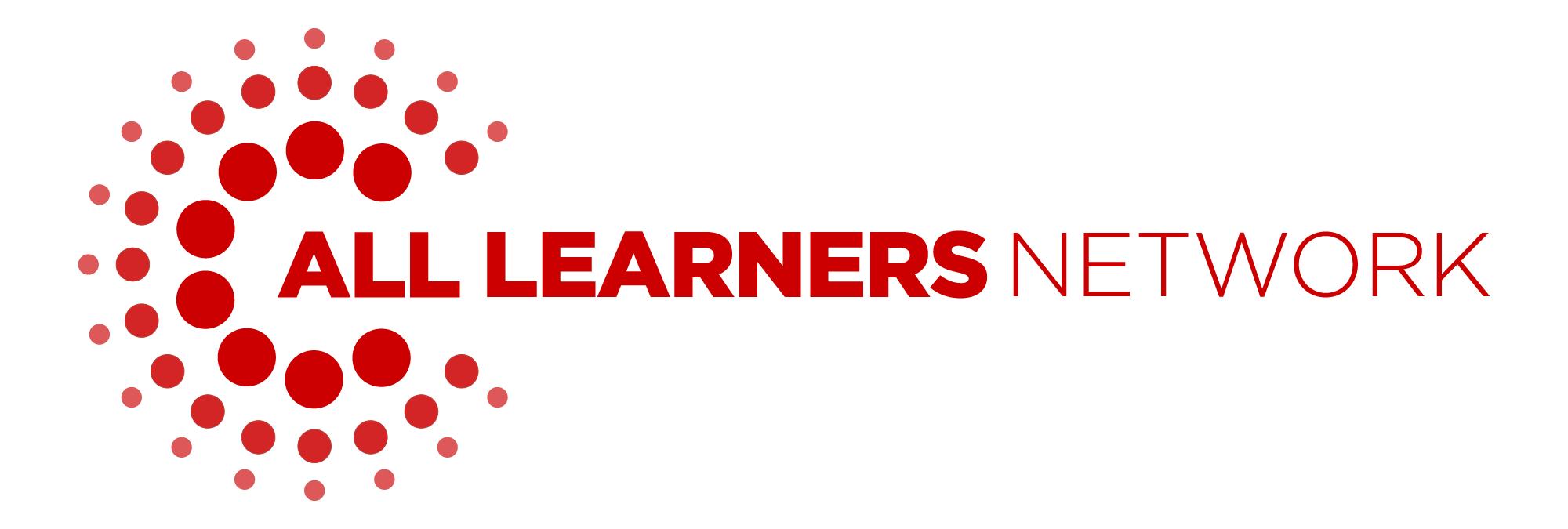.png)
From Overwhelmed to Clarity: One District’s Journey with High-Leverage Concepts
JoAnna Lorden, K-5 Special Education Department Administrator
Published: September 16, 2025
In West Aurora School District, a suburban school district in Illinois, it’s common to hear educators share how they are bogged down by the variety of needs in their classrooms and a vast number of resources they need to wade through. With a large number of multilingual learners, students with IEPs, learning gaps and attendance concerns, math instruction can quickly become overwhelming.
Partnering with All Learners Network
District leadership recognized that All Learners Network (ALN) shared a vital belief - that all students can do math, and all students should have access to engaging, fun mathematical experiences. Our West Aurora team had spent several years developing a district math philosophy, leaning on math research from Jo Boaler’s Mathematical Mindsets, Jessica Shumway’s “Number Sense Routines”, and NCTM’s Principles and Standards for School Mathematics. We began working with ALN to put it into practice, reshaping how educators identify learning gaps, building strong mathematical foundations, and creating equitable learning environments.
Through our partnership, classroom teachers, building administrators, and specialists took part in multiple days of professional development provided by ALN focused on mathematical mindsets. We also introduced ALN resources through All Learners Online (ALO), including High Leverage Concepts, High Leverage Concepts Assessments, and ALN activities and games. In several buildings ALN facilitators met with individual teams of general education and special education teachers to analyze assessment data through asset-based work sorts and identify high leverage materials to use for instruction.
ALN’s work with grade-level teams focused on a few main resources to build out stronger instruction. Their High Leverage Concepts Progressions struck a chord with teachers. When teachers were overwhelmed with where to start, these maps gave them the pathway to focus on crucial skills and have clear learning targets. High Leverage Concepts Assessments gave teachers a way to gather student work to look for what they can do and plan out a pathway forward. ALN’s games, Windowpanes, and Problem Solvers gave the teachers tools to engage students in learning activities that address their next step on their path to understanding.
Understanding the High Leverage Concepts Progressions
ALN’s High Leverage Concepts Progressions are a “road map,” highlighting essential math skills that students require to be successful when entering High School Algebra. Many staff find these to be gold! When working with students who may be performing several grade levels below expectation, being able to focus on a smaller set of skills, knowing that they’ll be impactful for the student moving forward, is reassuring. The HLC Progressions are designed to:
- Identify the core mathematical concepts that are crucial for algebra readiness.
- Guide educators in setting clear, targeted learning goals.
- Support instruction and intervention planning with bite-sized next steps for each progression pathway.
Asset-Based Assessments: Shifting the Narrative
Traditional assessments often highlight what students cannot do, leading to a deficit-focused approach in planning interventions. The HLC Progressions and Assessments encourage educators to ask, “What can this student do?” and “What are the next steps to build on their current understanding?” This change in perspective allows educators to see students' existing skills and use them as building blocks for further learning.
ALN facilitators walked teachers and administrators through the "Work Sort Protocol," where student work is analyzed not for grading purposes or accuracy (right or wrong), but for evidence of understanding. Educators are encouraged to:
- Identify visible strengths in student work.
- Identify where the student would fall on the HLC Progressions based on observable understanding.
- Plan instruction based on the next step on the HLC Progressions.
This protocol allows teachers to craft learning goals that are both personalized and growth-focused, paving the way for more targeted intervention and instruction.
Practicing this protocol with ALN facilitators and team members led to a change in the way the staff viewed student work, and as a result, how they chose next steps for the students. Second grade teacher, Sonja Novotney, beautifully outlines this experience:
“Before working with ALN, we really only looked at what was right and what was wrong when we looked at student work. We often ended up feeling like they couldn’t do anything. Now we know it's about what they can do and how we can build upon that to get to where we need to go.”
Building administration often took part in this work sort protocol, lending ideas, asking questions, and learning alongside the teachers. This work then was repeated with other grade levels and teams as part of the building’s PLC meetings.
“Working with ALN and focusing on what students can do on the High Leverage Concepts Progressions really helped teachers shift their mindset to what the student can do when they look at student work samples. We moved from what a student got wrong to being more asset based and seeing their strengths. We’ve come a long way from looking at students as high, medium and low, or red, yellow, and green.” - Melissa Righter, Assistant Principal at Freeman Elementary in Aurora, Illinois.
Aligning Curriculum with High Leverage Concept Progressions
Special education staff and math interventionists found the HLC Progressions particularly helpful. Supporting students who were often performing below grade level presented significant challenges. Working with small groups of students who were at different points in the curriculum made it difficult to determine where to begin instruction.
“The HLC Progressions helped teachers stay positive because they could focus on where the learner is and what’s next. They were able to dig into the mathematical concepts and not just what’s the next page in our curriculum. We really honed in on what the learner needs, paying close attention to the next step on the progression for each individual student,” Melissa Righter shared.
While teachers had access to multiple curricula, the challenge was deciding which materials to use and when. To address this, staff began aligning their available resources with the HLC Progressions, which helped them identify which tools were best suited for each learning target, streamlining planning and instruction.
Seeing the Benefits
Here’s what changed: Staff were able to focus on what students CAN do, and, rather than moving through a workbook or program page-by-page, staff were able to align their lessons to the needs of the students using the HLC Progressions and resources that lined up with detailed targets.
This strategic alignment not only supports special education students but benefits all learners by providing clarity on the skills needed to advance. Educators are better equipped to:
- Identify gaps in understanding.
- Target instruction effectively.
- Foster student growth through personalized learning paths.
Looking Forward: Empowering Educators, Supporting Students
The work of this school district alongside ALN is a testament to the power of focused, intentional instruction. By leveraging HLC Progressions and embracing an asset-based mindset, educators can transform math learning for all students, ensuring that every learner not only participates but thrives.
what now?
To learn more about the strategies and tools discussed, explore any of the following:
- Explore what lies within an All Learners Network partnership in one of our latest blogs: Examining Why Real Partnership Is the Key to Math Transformation
- Visit the National Council of Teachers of Mathematics Blog to dive deeper into nation-wide math instruction and strategies
- Elevate your instruction with joyful and engaging strategies found at Youcubed.org.
- Connect with All Learners Network to discover how we can transform instruction at your school or district!



%20(20).png?width=352&name=Hero%20Images%20(WebsiteBlogEmails)%20(20).png)

